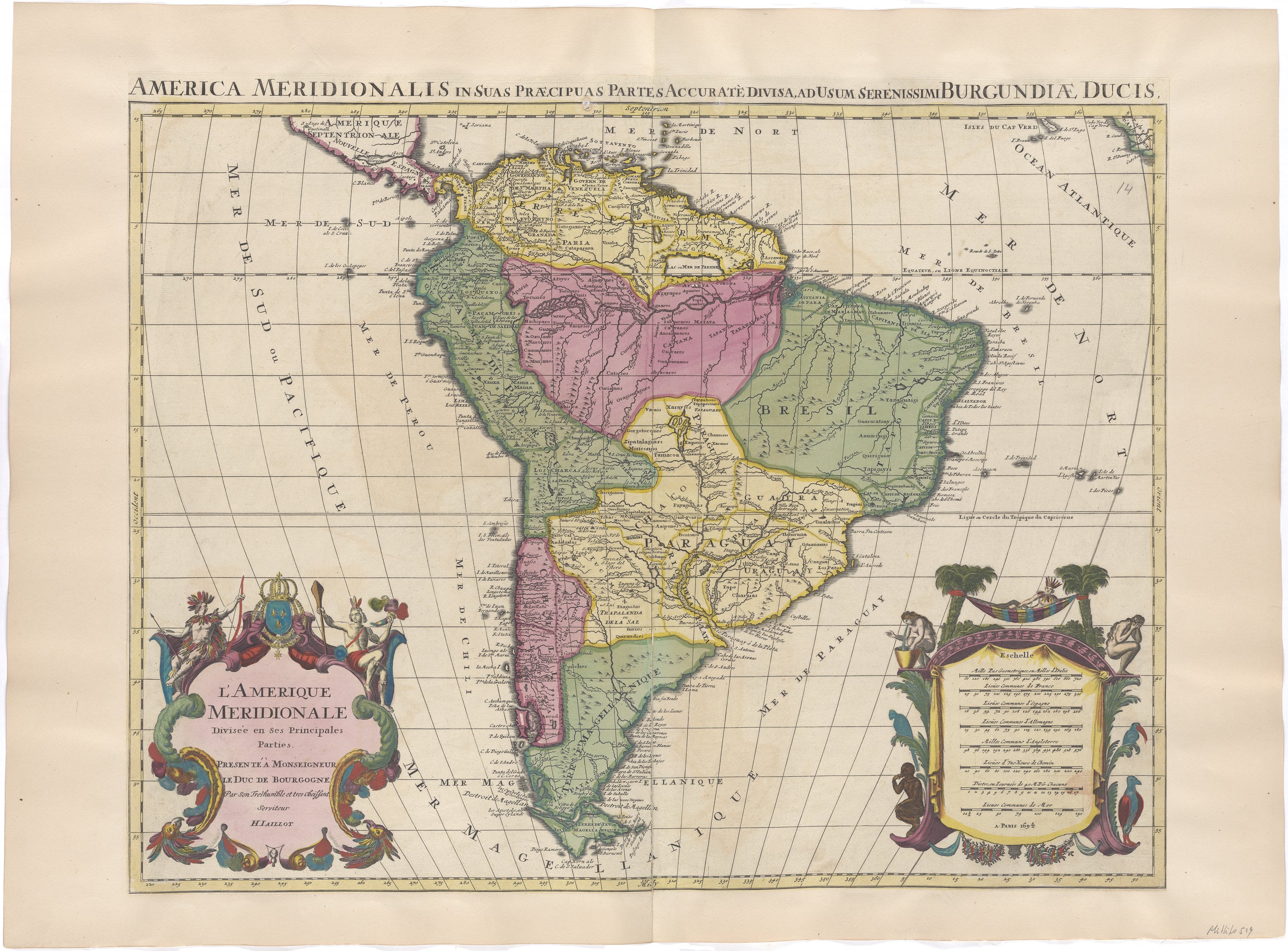“The Huancavelica mercury mines were not just complementary to those of Potosí; they were the very condition of the latter’s existence.” – Pierre Vilar
Abstract
Slavery and Indigenous dispossession are the foundations for the modern world. The conquest of the Americas brought a windfall of mineral wealth that transformed the global order. The jewels of the newly established colonial administrative regions or viceroyalties were the mines in Zacatecas, Guanajuato, and Taxco in New Spain, and Potosí in the Viceroyalty of Peru. Within just a few decades, Potosí’s rich silver veins were completely exhausted. It was not until the introduction of a new smelting process for extracting silver from ore that the mine was revived, sparking Spain’s Price Revolution in the late 16th century—a period marked by high inflation that transformed both local and global economies. This new smelting process relied heavily on mercury, also known as quicksilver. Given its rich deposits of mercury, the city of Huancavelica became equal to, if not more important than, the fabled mines of Potosí in the rise of modern capitalism. The brutal exploitation of one of the world’s richest cinnabar deposits in what is now Huancavelica, Peru, allowed Spain to geographically consolidate its mining operations and power its empire.
![“La ciudad minera de Guancavelica” \[The mining town of Huancavelica\] (Felipe Guamán Poma de Ayala, *Nueva corónica y buen gobierno* (1615), 3:1055.)](/images/content/Ygarza-QuispeG002/image1_huc8c299c6131d583beb7063a02910771d_43917_217x300_resize_q80_h2_lanczos.webp)
